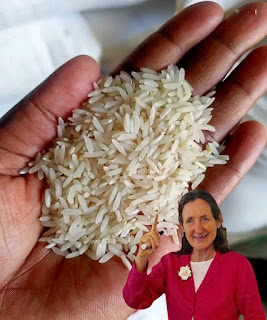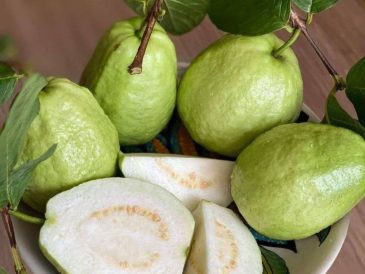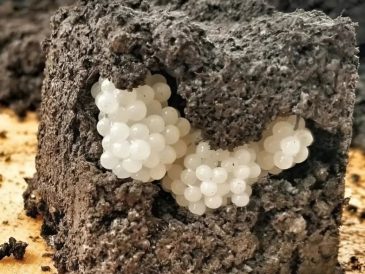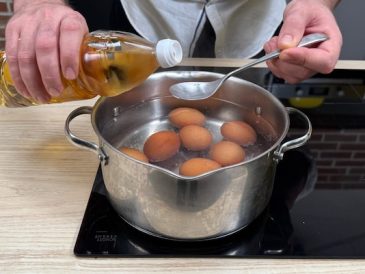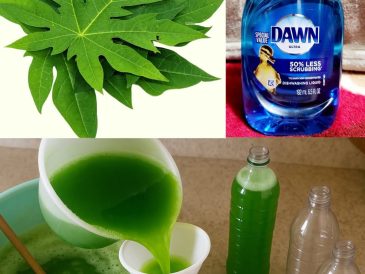In today’s world, food safety is more important than ever. With growing concerns about fake or adulterated products, one alarming issue that keeps resurfacing is plastic rice. Yes, you read that right—some unscrupulous producers allegedly mix synthetic materials with real rice, posing serious health risks. While major food safety organizations often debunk mass-scale plastic rice rumors, localized scams still surface occasionally. So, how can you protect yourself and your family?
Here are 6 simple and practical tests you can perform at home in 2025 to identify plastic rice easily.
1. The Water Float Test
✅ How it works:
Take a tablespoon of uncooked rice and put it in a glass of cold water. Stir gently and wait for a minute.
🔍 What to observe:
- Plastic rice will float because it’s lighter than real rice.
- Authentic rice will sink to the bottom.
Note: Some broken or old rice may float, so don’t rely solely on this method.
2. The Fire/Burn Test
✅ How it works:
Take a few grains of dry rice and light them with a match or lighter in a well-ventilated area or outdoors.
🔍 What to observe:
- If the rice catches fire quickly and smells like burnt plastic, it could be fake.
- Real rice will char but won’t emit a plastic smell.
⚠️ Caution: Be careful while using fire—safety first!
3. The Boiling Water Test
✅ How it works:
Boil some rice in water like you normally do.
🔍 What to observe:
- Real rice softens evenly and swells.
- Suspected plastic rice may remain hard, rubbery, or form a sticky layer on top.
Plastic-like behavior under heat is a major red flag.
4. The Hot Oil Test
✅ How it works:
Heat some cooking oil in a pan and drop a few raw rice grains into it.
🔍 What to observe:
- If the rice melts or sticks to the pan unnaturally, it might contain plastic.
- Real rice will puff or harden slightly but not melt.
5. The Mold Test (Fermentation)
✅ How it works:
Soak a handful of cooked rice in a sealed container for 3 days at room temperature.
🔍 What to observe:
- Real rice will ferment and grow mold, often emitting a sour smell.
- Fake rice or rice mixed with plastic won’t decompose as quickly and may appear unchanged.
This test takes time but is one of the most reliable.
6. The Crushing Test
✅ How it works:
Crush a few grains of raw rice between your fingers or under a spoon.
🔍 What to observe:
- Plastic rice may feel elastic or waxy, and won’t break easily.
- Authentic rice will break down into powder or shards.
This test is quick and can help you sense any unusual texture.
⚠️ Why You Should Be Concerned
Consuming plastic rice, even in small quantities, could lead to:
- Digestive problems
- Hormonal disruption
- Toxic accumulation
- Long-term health risks such as liver and kidney damage
That’s why food awareness and home testing matter more than ever.
🛡️ Pro Tips to Avoid Plastic Rice in 2025
- Buy from reputable brands or trusted markets.
- Avoid rice that looks unnaturally shiny, uniform, or synthetic.
- Check for certification labels and batch numbers.
- Be cautious of suspiciously cheap rice.
🔚 Conclusion
While verified cases of plastic rice remain rare, it’s always wise to stay informed. With just a few simple home tests, you can gain peace of mind and avoid harmful fake products. Stay smart, shop safe, and share this guide to help others identify plastic rice in 2025 and beyond.

